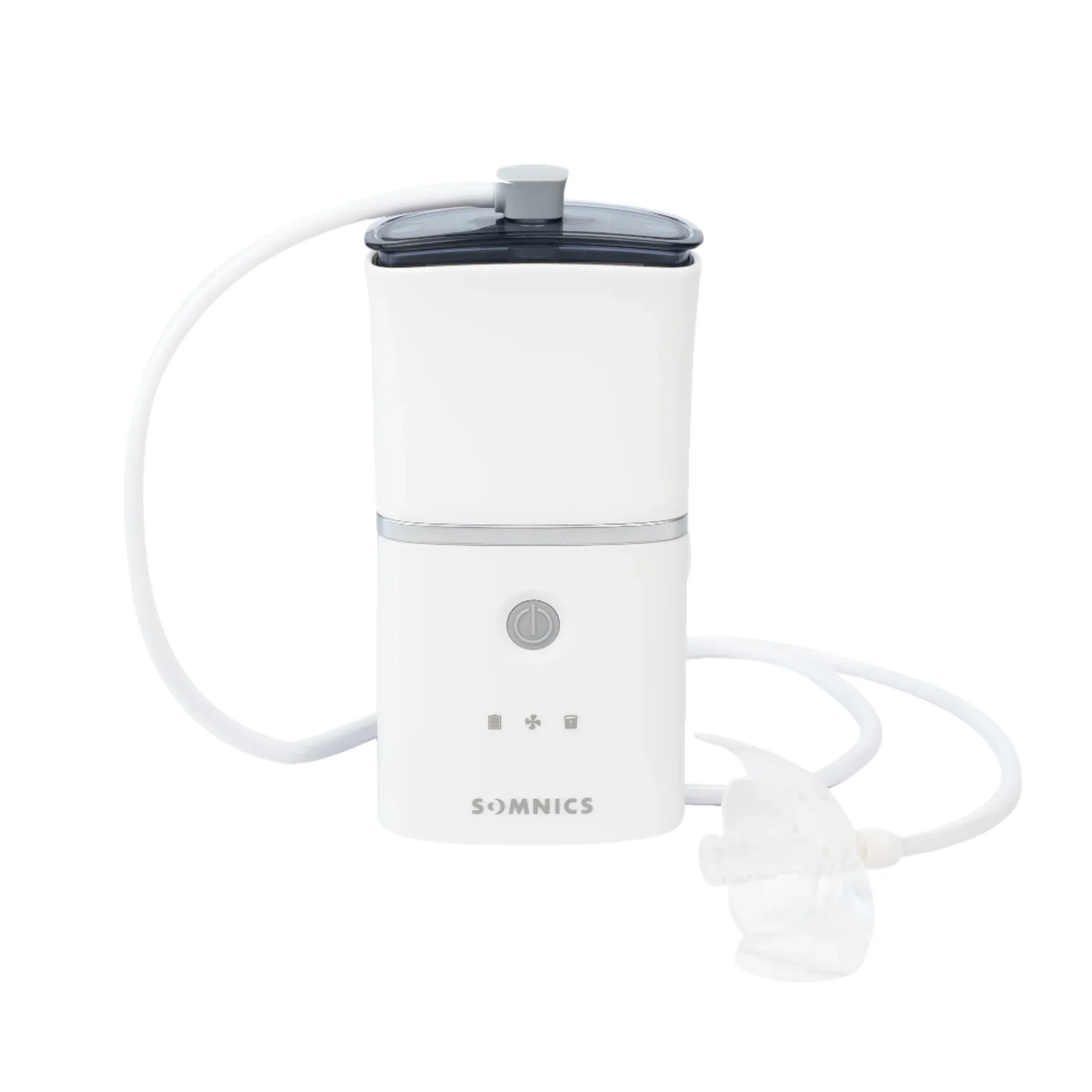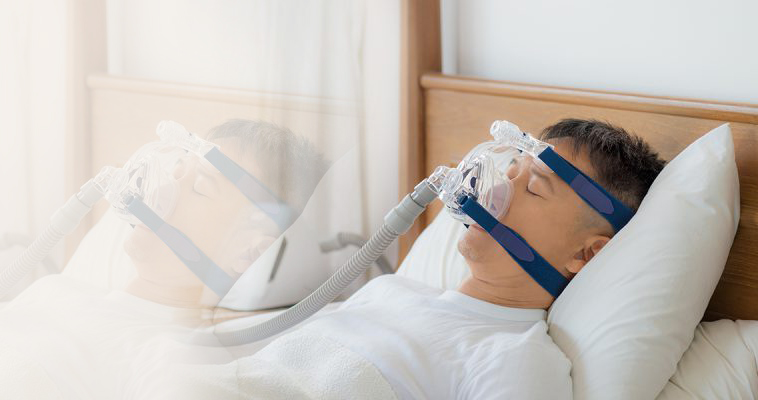Natural Insomnia Remedies - Safe and Effective Treatments
Natural Insomnia Remedies - Safe and Effective Treatments
Blog Article
Reliable Therapy Solutions for Taking Care Of Rest Disorders and Enhancing Relaxing Sleep
In the world of healthcare, the management of rest problems and the pursuit for relaxing sleep are essential components of total health. As we browse the elaborate landscape of sleep disorders and look for to enhance our sleep experience, a deeper understanding of these therapy solutions may hold the secret to opening a more rejuvenating and satisfying corrective trip.
Cognitive Behavioral Therapy for Sleeping Disorders (CBT-I)
Cognitive Behavior Modification for Sleeping Disorders (CBT-I) is a structured, evidence-based therapy approach that focuses on dealing with the hidden elements contributing to sleep disruptions. This sort of therapy aims to customize behaviors and ideas that aggravate sleeplessness, eventually promoting healthy and balanced sleep patterns. CBT-I typically includes a number of essential components, including cognitive treatment, rest restriction, stimulation control, and rest health education and learning.
Cognitive therapy helps individuals identify and change unfavorable thought patterns and beliefs regarding sleep that might be preventing their ability to drop or stay asleep. Rest constraint includes limiting the quantity of time spent in bed to match the individual's actual rest period, therefore increasing sleep effectiveness (sleep therapy). Stimulus control strategies help develop a solid organization between the bed and sleep by motivating people to go to bed just when drowsy and to prevent participating in stimulating tasks in bed
Furthermore, sleep hygiene education concentrates on establishing healthy and balanced rest practices, such as keeping a regular sleep routine, producing a relaxing bedtime routine, and enhancing the sleep environment. By resolving these variables thoroughly, CBT-I uses a reliable non-pharmacological treatment for managing sleeping disorders and enhancing overall sleep quality.
Rest Health Practices
Having actually established the structure of cognitive restructuring and behavior adjustments in dealing with insomnia through Cognitive Behavior modification for Sleeping Disorders (CBT-I), the focus currently moves towards checking out important Sleep Health Practices for preserving optimum rest high quality and general wellness.
Sleep health techniques encompass a variety of behaviors and ecological variables that can dramatically affect one's capacity to sleep and stay asleep throughout the night. Consistent rest and wake times, creating a relaxing going to bed regimen, and enhancing the rest environment by keeping it dark, peaceful, and cool are critical components of great sleep health. Limiting direct exposure to displays before going to bed, avoiding energizers like high levels of caffeine close to bedtime, and involving in regular physical activity during the day can also advertise much better sleep quality.
Furthermore, exercising leisure methods such as deep breathing exercises or meditation before bed can aid calm the mind and prepare the body for sleep. By incorporating these rest hygiene practices into one's everyday routine, individuals can develop a healthy and balanced rest pattern that supports relaxed rest and total well-being.
Relaxation Strategies and Mindfulness
Applying leisure strategies and mindfulness practices can play a crucial duty in cultivating a sense of tranquility and advertising high quality rest. sleep improvement therapy. These techniques intend to quiet the mind, lower anxiety, and produce an optimum environment for relaxed sleep. One widely exercised technique is deep breathing exercises, where individuals concentrate on sluggish, deep breaths to unwind the mind and body. Modern muscular tissue relaxation entails tensing and then releasing each muscle mass group, promoting physical leisure. In addition, guided imagery can aid transfer individuals to a calm location in their minds, aiding in stress and anxiety reduction and improving sleep top quality.
By including these practices into a going to bed routine, individuals can signify to their bodies that it is time to relax and prepare for rest. Overall, incorporating relaxation techniques and mindfulness methods can considerably add to managing rest disorders and improving overall rest high quality.

Medication Options for Rest Disorders
After exploring relaxation techniques insomnia counseling and mindfulness practices as non-pharmacological interventions for improving sleep quality, it is necessary to consider medicine choices for individuals with rest conditions. In cases where lifestyle modifications and treatment do not offer adequate alleviation, medication can be an important device in taking care of rest disruptions.
Generally prescribed medicines for sleep conditions consist of benzodiazepines, non-benzodiazepine hypnotics, antidepressants, and melatonin receptor agonists. Antidepressants, such as trazodone, can be beneficial for people with co-occurring depression and rest disruptions - natural insomnia remedies.
It is important for people to speak with a doctor to identify the most ideal drug option based upon their details rest problem and case history.
Light Treatment for Body Clock Regulation
Light treatment, also called phototherapy, is a non-invasive treatment technique utilized to control body clocks and boost sleep-wake cycles. This therapy involves exposure to brilliant light that mimics natural sunshine, which aids to reset the body's interior clock. By revealing individuals to certain wavelengths of light, commonly in the morning or night depending upon the wanted impact, light treatment can successfully readjust the body clock to promote wakefulness throughout the day and enhance restful sleep in the evening.
Study has revealed that light therapy can be especially useful for individuals with body clock disorders, such as postponed rest phase disorder or jet lag. It can also be practical for those experiencing seasonal depression (SAD), a type of depression that generally occurs throughout the wintertime months when natural light exposure is lowered. Light therapy is normally well-tolerated and can be used along with various other therapy approaches for rest problems to maximize end results and improve general rest top quality.
Final Thought
To conclude, efficient therapy options for taking care of rest disorders and enhancing relaxed rest include Cognitive Behavioral Therapy for Insomnia (CBT-I), rest health techniques, leisure techniques and mindfulness, medication choices, and light treatment for body clock guideline. These approaches can assist individuals improve their rest high quality and total well-being. It is very important to talk to a doctor to figure out one of the most appropriate strategy for dealing with sleep problems.
As we navigate the detailed landscape of rest problems and look for to improve our sleep experience, a deeper understanding of these treatment solutions might hold the secret to unlocking a more rejuvenating and satisfying restorative journey.
Rest constraint includes restricting the amount of time spent in bed to match the individual's real sleep period, thereby boosting rest effectiveness. Constant sleep and wake times, developing a relaxing going to bed regimen, and maximizing the rest setting by keeping it dark, peaceful, and cool are vital elements of great rest health. Light therapy is normally well-tolerated and can be used in conjunction with various other therapy techniques for rest problems to maximize results and improve total sleep high quality.

Report this page